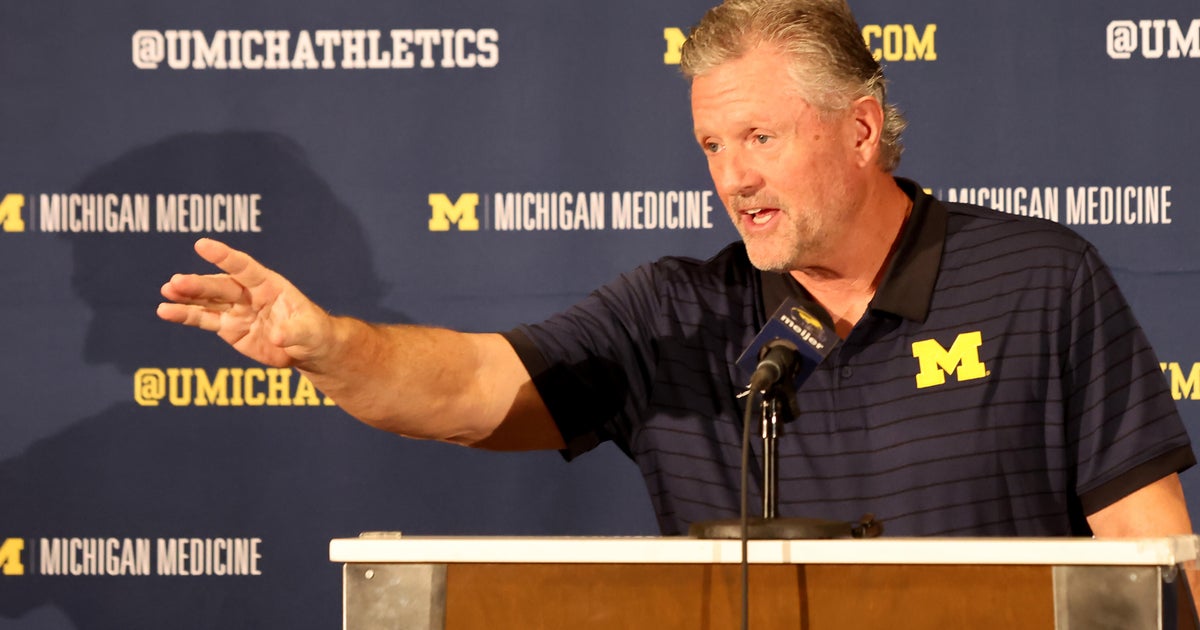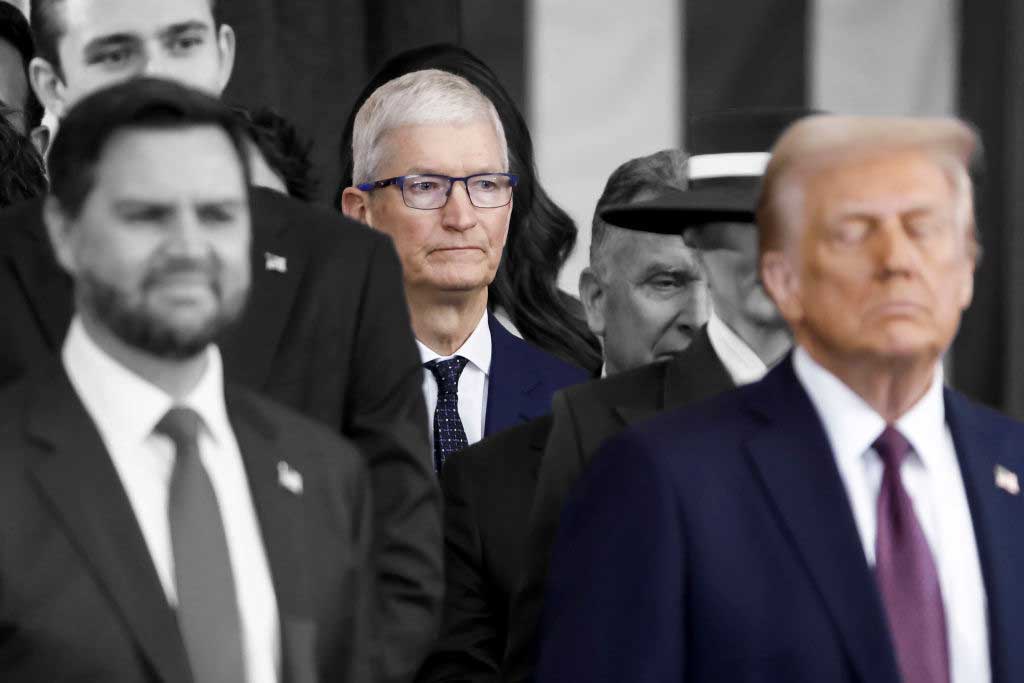U.S. Steel expansions touted by President Trump not happening
By President Donald Trump's telling, the nation's second-largest steel producer is embarking on a major expansion, with plans in the works to open six new facilities. That would be news to U.S. Steel, which points to a restart of a blast furnace in Granite City, Illinois, as its latest operational announcement.
Mr. Trump has referenced U.S. Steel at least twice in the last week or so, telling a roundtable with workers in Duluth, Minnesota, he'd received a call from the head of U.S. Steel, who relayed that the company would be, according to the president, "opening up six major facilities and expanding facilities that have never been expanded. They haven't been opened in many, many years."
The president doubled down on that notion six days later, saying Tuesday at the White House: "U.S. Steel just announced they're expanding or building six new facilities."
As a publicly traded company, U.S. Steel (X) is obliged to disclose materially significant information. To that end, the company has said it would restart two blast furnaces and steelmaking facilities at its Granite City Works integrated plant in Illinois, one in March and the second in October. U.S. Steel announced the first reopening in March, saying it would lead to 500 jobs, and the next in June, bringing on another 300 workers. The plant had been out of operation since 2015.
"We post all of our major operational announcements to our website and report them on earnings calls. Our most recent one pertained to our Granite City "A" blast furnace restart," emailed a U.S. Steel spokesperson, who declined to elaborate further.
One Wall Street analyst who tracks U.S. Steel and its industry did not mince words when asked about the presidential take. "There is no expansion," offered Charles Bradford of Bradford Research. In fact, he added of U.S. Steel's future: "it's likely to shrink."
All that has occurred is a plant closed temporarily by U.S. Steel a few years ago has been gradually reopening over the last several months, said Bradford, who offered the view that U.S. Steel has not kept pace with technology that allows mini mills equipped with electric furnaces to operate more efficiently.
Given steel workers account for a minuscule portion of the American workforce, Bradford questions why the industry is being given so much attention. Of a workforce of 150 million people, there are about 86,000 steel workers, he estimated.
While doubtful of the longer-term picture for U.S. Steel, Bradford does expect it and its competitors to soon report robust quarterly results, thanks in large part to the price of steel rising 40 percent during the past six months.
Tariffs and the rise in steel prices are hurting business for American manufacturers who take the raw material and turn it into products such as pipes or nails-- some are pausing expansion plans, while others have been forced to lay off workers.
Manufacturers and end users make up a much larger portion of the economy. That means tariffs on raw materials, combined with retaliation from angry trading partners, may end up causing more harm than good. An estimate from consulting firm Trade Partnership forecast about 400,000 U.S. jobs lost versus 26,000 created as a result of the metal tariffs.





